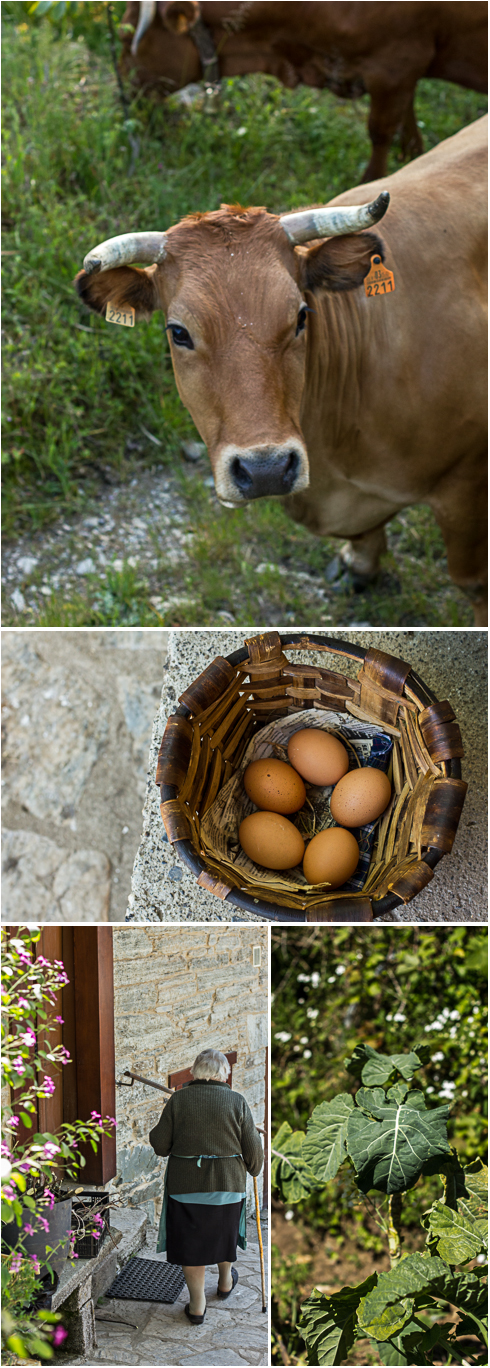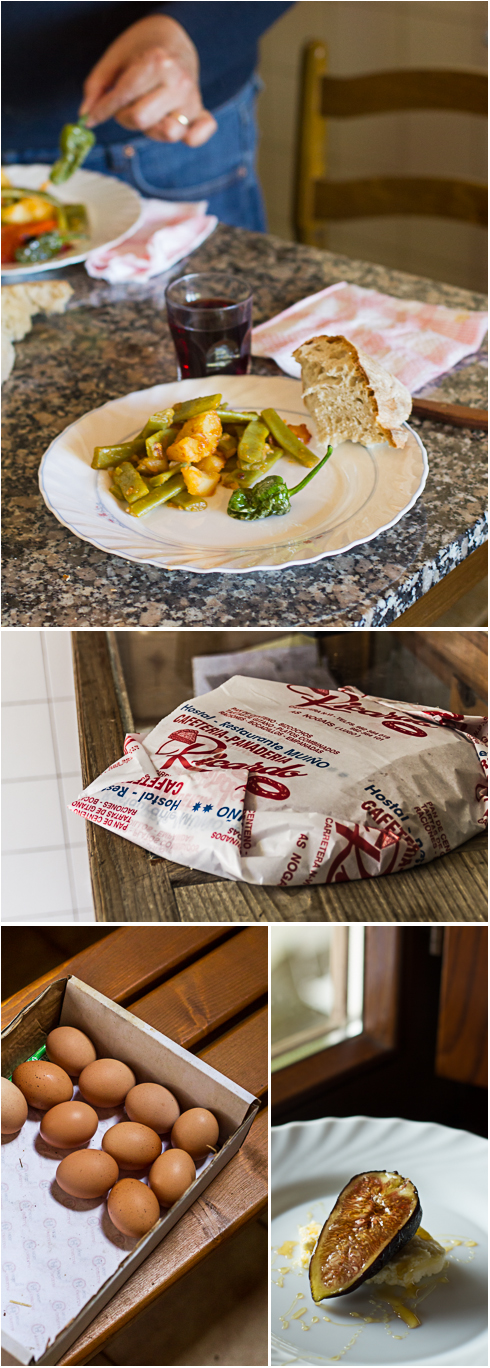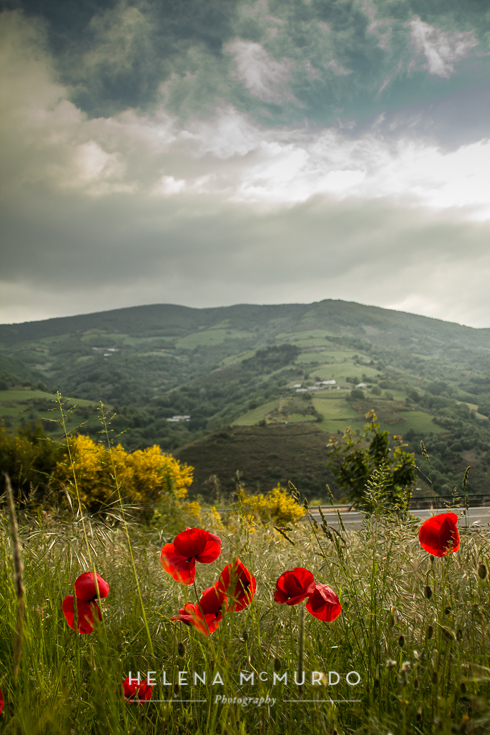Blueberry Apricot Custard Crumble Tarts
So I'm sitting here writing this and there is literally sweat pouring down my temples and I'm wondering who in their right mind would attempt to bake anything on a day such as this. I arose early and was actually glad to see a cloudy sky thinking...ahhh some coolness. This combined with an unexpected and very welcome gift of local blueberries on Friday night and the presence of a couple of apricots on my counter which in the words of my mother 'needed eating' sparked the idea. Add to this the fact that I knew that way back, in the depths of my freezer, were two beautiful previously prepped tart shells and we now had the perfect storm of conditions for my baking madness. So the oven was already preheating by the time I realized this was not going to be the cool day I had imagined. Oh well suck it up. I love it when conditions and and ingredients spring up to magically provide a recipe so here's what I came up with. Blueberry and Apricot Custard Crumble Tarts. A mouthful, you say? Yes it is. And you will like it.
I recently made a lovely lemon tart using a pâte sablée from one of my favourite books Classic Artisan Baking by Julian Day. This has become my new very favourite pastry. It is rich and buttery and almondy and well, it's just perfect. And it freezes very well so when I had some leftovers I immediately pressed them into two tart shells for future use and popped them in the freezer...where I found them today.
The other gift that allowed this to happen today was a crumble mixture that I also keep on standby in the freezer. I inevitably have too much of it whenever I make it and the first time this happened I froze it. It happened by accident the first time but the results were so good that I admit that now I make it in advance and always have some on stand by. I mean who knows when you could be called upon to provide a crumble at a moment's notice. Don't say I didn't warn you.
Finally, this dessert makes use of a custard filling which I think is one of the loveliest parts of this dessert. It gives it a kind of bread-puddingy-ness (Yes, of course it's a word).
Blueberry Apricot Custard Crumble Tarts
For 4 tarts you will need:
Pastry
4 (4 inch) tart shells lined with your favourite pastry. I used pâte sablée from Classic Artisan Baking. Before discovering this pastry I had no qualms of buying store-bought pastry (shock-horror!) from people who were far better at pastry making than I was. I like a sablée pastry for the almond flour which gives it such a richness.
You will need to follow the directions for your pastry and blind bake it. Usually this involves covering the shells with parchment or foil and filling with baking beans before baking for about 15-20 minutes. (Depending on your pastry). Remove the beans and parchment and bake for another 5 minutes or so to slightly brown the pastry. Remove from the oven and set aside to cool.
Custard Filling
1 egg
1/4 cup / 6o ml whipping cream
1 TBSP sugar
pinch of cinnamon
dash of vanilla or almond extract
Lightly beat the egg, add the cream and other ingredients, whisk and then set aside until needed.
Crumb Topping
(makes more than enough to save for later)
1 cup / 227 grams sugar
1/4 tsp salt
1/4 lb / 113 grams cold butter
1/4 cups / 156 grams all-purpose flour
Combine first three ingredients cutting in the butter until the mixture resembles a coarse meal. Add the flour and rub together with your fingertips until the mixture has the texture of fine breadcrumbs. Set aside until ready to use. Freeze what you don't use to for the crumbles of your future. (Just top your fruit with the mixture and you are good to go).
Fruit Filling
about 1 cup of blueberries
3 apricots, sliced
To assemble:
Once cool, fill the tart shells with a single layer of blueberries, then arrange the apricots on top to your liking. I used 5 apricot slices per tart but you could use more. Then fill in the holes/gaps with more blueberries. Depending on how sweet your fruit is, you may want to sprinkle some sugar on the fruit at this stage. Taste it and make a call. Now pour the custard mixture over the tarts until the level of custard is just shy of the top of the pastry case. (Stir the custard before pouring as it may have settled). Finally sprinkle some of the crumble mixture on top. Really this part is up to you depending on how much crumble you prefer but I used about 2 TBSP per tart.
Bake at 350 until the crumb topping is golden brown and the custard and fruit juices are bubbling up through the top of the crumb.
Eat and enjoy while mopping the sweat from your brow and thinking how very clever you are!



















